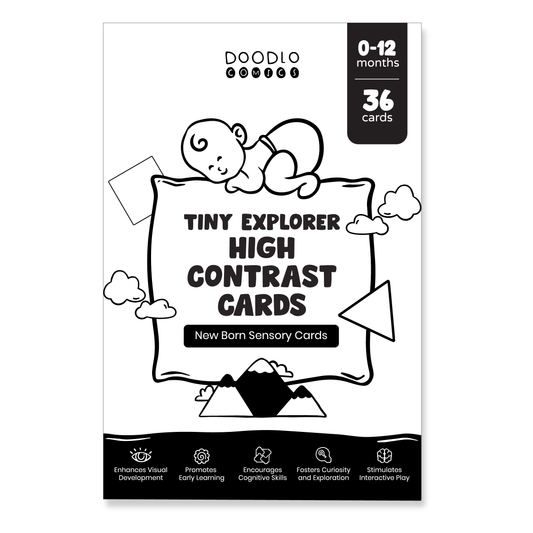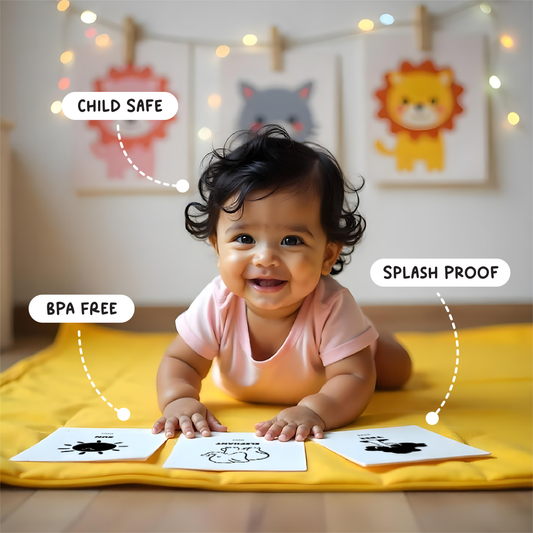Enhance Your Child’s Learning with Educational Toys Brain Development Toy
Give your child the best start in learning educational toys, designed to make learning fun and engaging. At Doodlo Comics, problem-solving, and cognitive growth. Our brain development toys are perfect for babies & infants, helping them build essential skills through play.

Why Choose Educational Toys for Kids ?
Children learn best through play, and educational toys help them develop critical thinking, motor skills, and problem-solving abilities. Here’s why they are important:
- Enhances Cognitive Skills : Encourages problem-solving, memory, and logical thinking.
- Improves Motor Skills : Develops hand-eye coordination and fine motor abilities.
- Boosts Brain Development : Strengthens neural connections through interactive play.
- Encourages Early Learning : Builds a strong foundation in math, science, and language.


- Stimulates Creativity & Imagination: Helps kids think outside the box.
- Encourages Creativity: Sparks imagination through storytelling, art, and role-playing.
- Promotes Social Skills: Teaches teamwork, patience, and sharing through interactive play.
- Enhances Learning Skills: Strengthens memory, language, and math skills
How Brain Development Toys Help in Early Childhood?
Brain development toys are designed to enhance neural growth in kids by:
- Improving focus & attention span
- Strengthening memory & problem-solving skills
- Enhancing logical thinking & decision-making.
- Encouraging curiosity & innovation.

Doodlo Comics Range of Kids Toys from Infants to Pre-Teens

Discover the exciting range of kids toys at Doodlo Comics, designed for infants to pre-teens. Our collection includes fun, educational, and creative toys that inspire imagination and learning.
From high contrast flash cards for babies to montessori flash cards for older kids, we have something for every age!
Frequently Asked Questions






- Avoid small parts for young children to prevent choking hazards
- Choose non-toxic, durable materials


- Play together and make learning fun
- Rotate toys to keep things exciting
- Choose toys that match their interests and age


